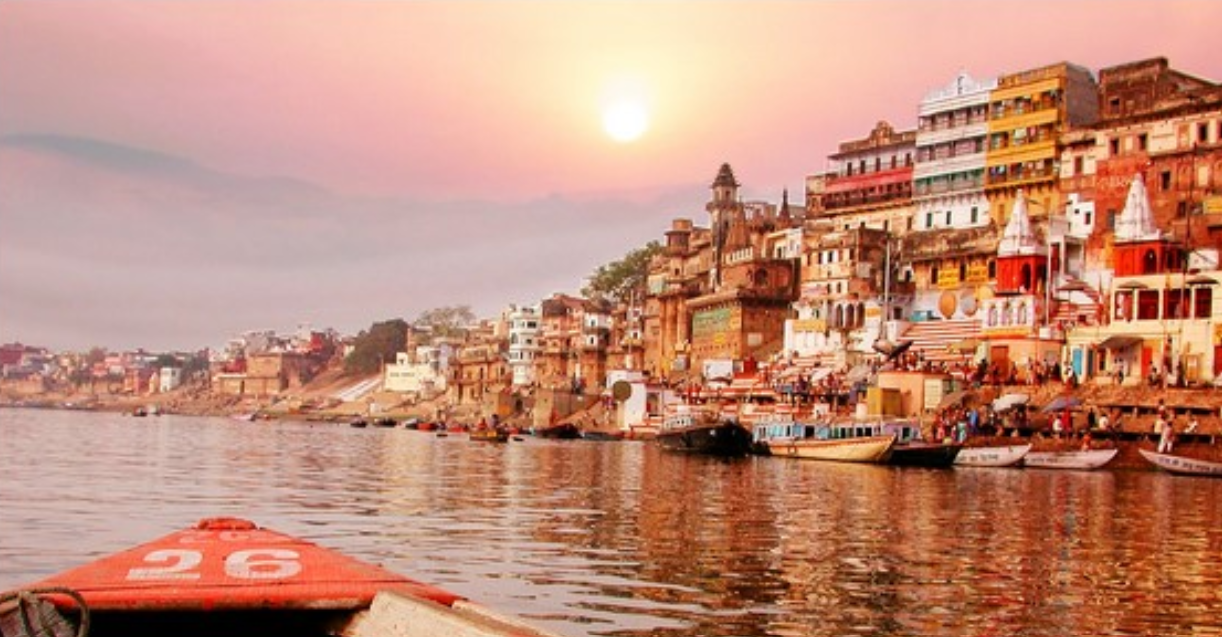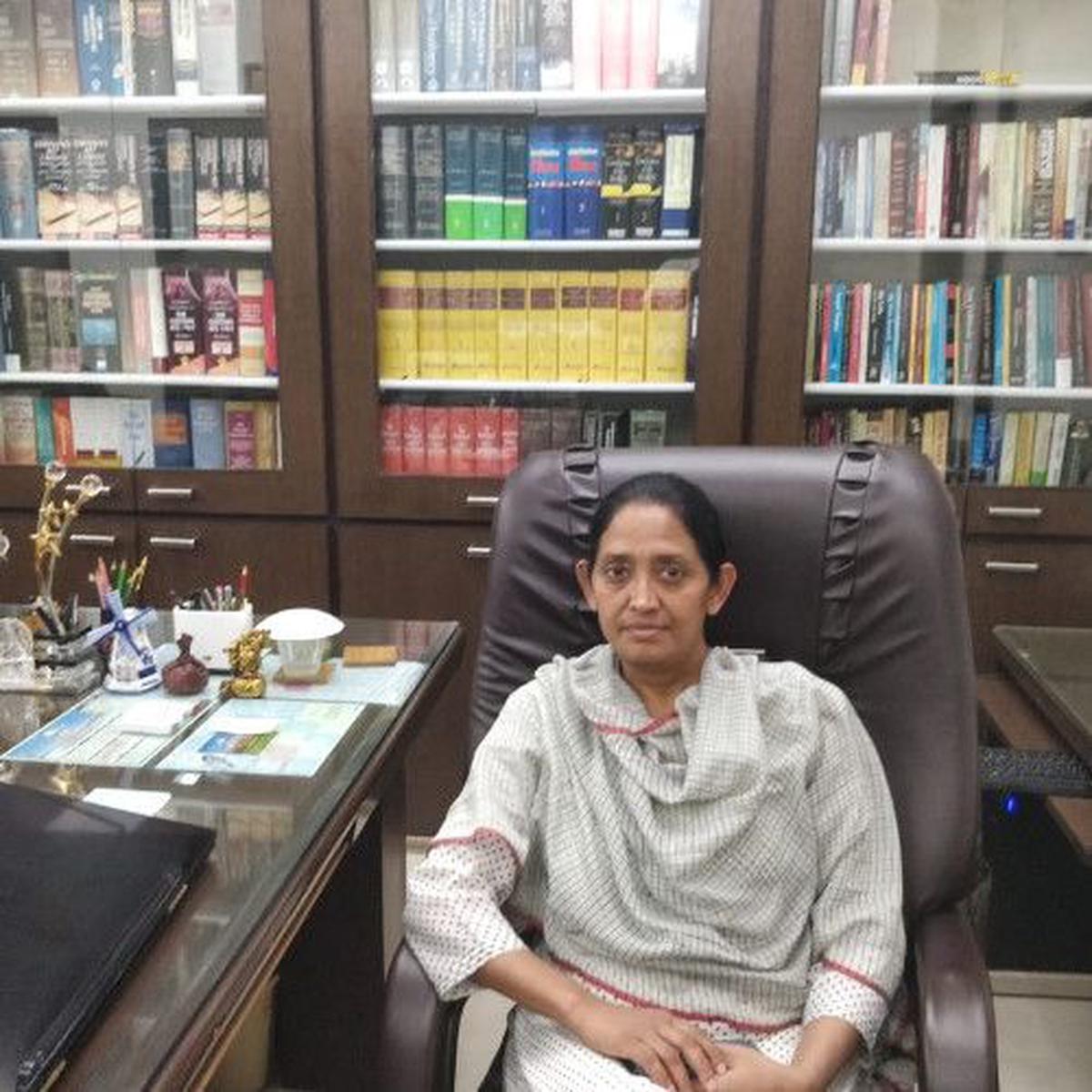Have you ever wondered why Ganga water, or Ganga Jal, doesn’t spoil for months? Is there a sacred reason behind it, or is there a scientific explanation? The Ganga River, often referred to as a goddess in Hindu culture, flows from the icy peaks of the Gangotri Glacier in the Himalayas to the Bay of Bengal. Revered for centuries as a source of purity and divinity, the river is considered sacred. Hindus believe that drinking or bathing in its waters can cleanse sins and purify the soul, making Ganga Jal an essential part of religious rituals.
The Sacred vs. The Polluted
While we view the Ganga as holy, we also exploit it. Industrial waste, untreated sewage, and plastic pollution have severely damaged many rivers, including the Ganga. These pollutants have made large sections of the river unfit for drinking or bathing. The Uttar Pradesh Central Pollution Control Board (CPCB) reported to the Allahabad Court that much of the Ganga’s water is unfit for consumption.
However, despite this pollution, many people continue to believe that Ganga water has self-purifying properties, a claim that has long been debated. IIT-Kanpur recently conducted a study that challenges this belief for certain stretches of the river. The research, which tested water from Gangotri to Rishikesh, found the water in these areas to be fit for drinking based on 28 parameters set by the Bureau of Indian Standards.
A Viral Video Tests Ganga Water
Amid this debate, a viral video on social media has reignited interest in the purity of Ganga Jal. In the video, Ashu Ghai tests water he collected from Haridwar. He begins by examining the water under a microscope, where he finds no visible impurities or microorganisms. He then takes the sample to a professional laboratory for further testing.

At the lab, an expert confirms that, even under a 40X microscope, there are no visible contaminants. The expert then cultures the water for several days. When the results come back, the water is again found to be free of microorganisms, including Coliform bacteria. The video has gained over 500k views, with many viewers expressing surprise and awe in the comments section.
What Does This Mean for Ganga Water?
While the scientific tests in the video suggest that some samples of Ganga Jal are free from contaminants, this doesn’t change the bigger picture. The river is still facing severe pollution, especially in urban areas, where industrial waste and sewage are a major concern.
The IIT-Kanpur study highlighted that the river’s water between Gangotri and Rishikesh is still clean and fit for drinking, showing that parts of the Ganga remain pure. This study was part of a larger project commissioned by the National Mission for Clean Ganga, aiming to restore the river’s health.
The Need for Conservation
Although the spiritual significance of the Ganga cannot be overstated, the growing pollution crisis demands immediate action. The findings from both the IIT-Kanpur study and the viral video point to areas where the water remains clean, but this does not negate the serious concerns surrounding the river’s overall health.
Protecting the Ganga requires collective action from both local and global communities. Governments, environmental organizations, and individuals must come together to protect this sacred waterway, ensuring its preservation for future generations. Environmental conservation efforts, alongside respect for the Ganga’s sacred status, are essential for maintaining its purity and sustainability.
Balancing Sacredness with Science
The Ganga holds immense cultural and spiritual value for millions of people. But to ensure its health for future generations, we must balance respect for its sanctity with practical efforts to clean and protect it. By combining scientific understanding with spiritual reverence, we can work towards restoring the Ganga’s health and ensuring its purity, both for spiritual practices and daily life. Let’s continue our efforts to preserve the Ganga’s legacy, ensuring that its waters remain a source of purity, life, and divinity.




